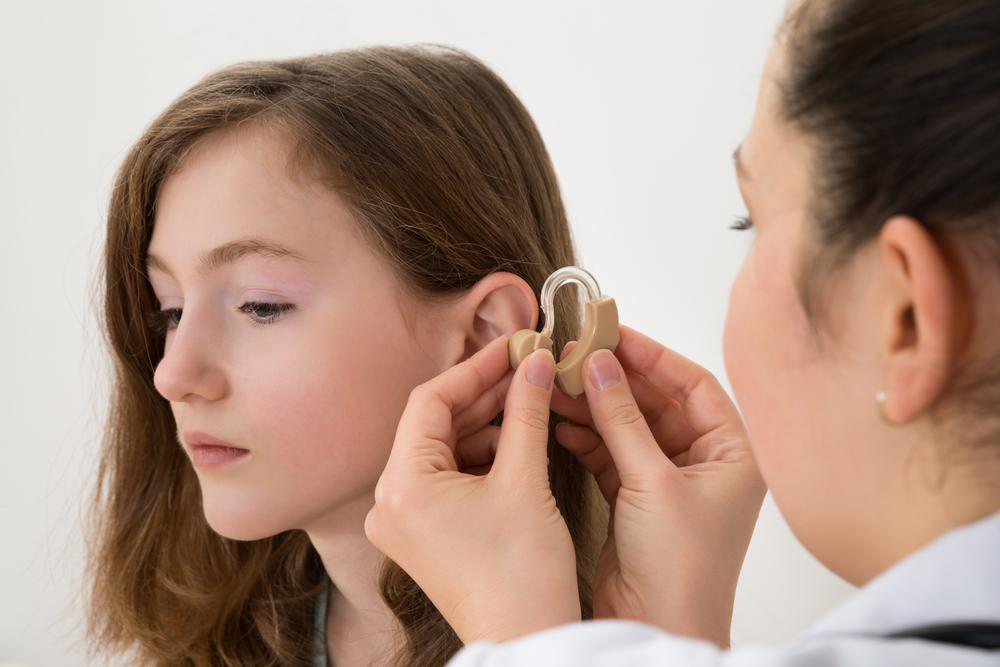Comprehensive Guide to Various Hearing Devices: Types, Features, and Benefits
This comprehensive article explores various types of hearing devices, including BTE, RIE, ITE, and invisible options. It details their features, suitability, and technological advantages, helping users make informed choices for enhanced auditory experience. From discreet CIC models to powerful BTE aids, learn which device best matches your needs and lifestyle in this detailed guide.

Comprehensive Guide to Various Hearing Devices: Types, Features, and Benefits
Hearing devices, commonly known as hearing aids, are essential medical instruments designed to improve auditory perception for individuals experiencing hearing difficulties. These advanced devices enable users to enhance their ability to listen effectively, communicate more easily, and participate fully in daily life activities. Over the years, technological advancements have transformed hearing aids from simple amplifiers into sophisticated devices equipped with smart features, providing personalized hearing solutions tailored to individual needs.
Modern hearing aids typically comprise several key components, including an amplifier, microphone, speaker, power source (battery), and an intelligent chip that processes sounds. While the overall design of these devices shares common features—such as compactness, ease of use, and ergonomic design—there is a wide variety of models that differ in size, intra-aural placement, functionality, and technology sophistication. This variety ensures that users can find a hearing device that matches their specific hearing loss profile, lifestyle preferences, and aesthetic considerations.
In this comprehensive guide, we explore the most prevalent types of hearing aids available today, detailing their features, suitability, and advantages. Understanding these options can help individuals with hearing impairments make informed decisions when choosing a device best suited to their needs.
Behind-The-Ear (BTE) Hearing Aids – BTE devices are among the most recognizable and widely used hearing aids. They feature a small, durable case that rests behind the ear, connected via a slim tube or custom ear mold that directs sound into the ear canal. The main electronic components—such as the microphone, amplifier, and battery—are housed in the behind-the-ear casing, making the device easy to handle and maintain.
BTE hearing aids are suitable for a broad range of hearing losses, from mild to profound. Their design allows for higher power outputs and more advanced features, including directional microphones, noise reduction, and Bluetooth connectivity. The adjustable nature of BTE aids makes them adaptable to evolving hearing needs, and their durability and ease of handling make them a popular choice among users of all ages.
Receiver-In-The-Ear (RIE) Hearing Aids – RIE devices are similar in appearance to BTE aids but differ primarily in the placement of the speaker. In RIE models, the receiver (or speaker) is located at the end of a thin, transparent tube that inserts into the ear canal. The main electronic components remain in the behind-the-ear case, which is connected to the receiver via a wire or tube.
This configuration offers excellent sound quality, a compact profile, and increased comfort. RIE hearing aids support a full spectrum of hearing loss levels, from mild to profound. They are highly customizable, with options for different levels of amplification and noise filtering, making them suitable for users who need enhanced auditory clarity in various environments.
In-the-Ear (ITE) Hearing Aids – As the name suggests, ITE devices are designed to fit directly within the outer ear. These aids are custom-molded to match the shape of an individual’s outer ear for maximum comfort and discreetness. They are generally larger than IIC aids, allowing for ergonomic design and easy control access.
ITE hearing aids are popular for their discreet profile and user-friendly controls, including volume and program switches. They are effective for mild to severe hearing loss and often incorporate advanced features such as directional microphones, feedback cancellation, and wireless connectivity. Their convenient placement makes them suitable for many users seeking a balance between functionality and aesthetics.
Invisible-In-The-Canal (IIC) and Completely-In-Canal (CIC) Hearing Aids – These ultra-small, highly custom-made devices sit deep inside the ear canal, making them almost invisible when worn. They are crafted based on detailed ear impressions and occupy a position deep within the canal, rendering them discreet and virtually unnoticeable to others.
Perfect for users concerned about appearance, IIC and CIC hearing aids support mild to moderate hearing loss. They are water-resistant but not waterproof, requiring cautious handling in wet environments. Their compact size offers excellent discretion, comfort, and a natural hearing experience, especially beneficial for users who prefer minimal visibility and enhanced comfort during extended wear.
Keywords – types of hearing aids, hearing device comparison, discreet hearing aids, advanced hearing technology, personalized hearing solutions




